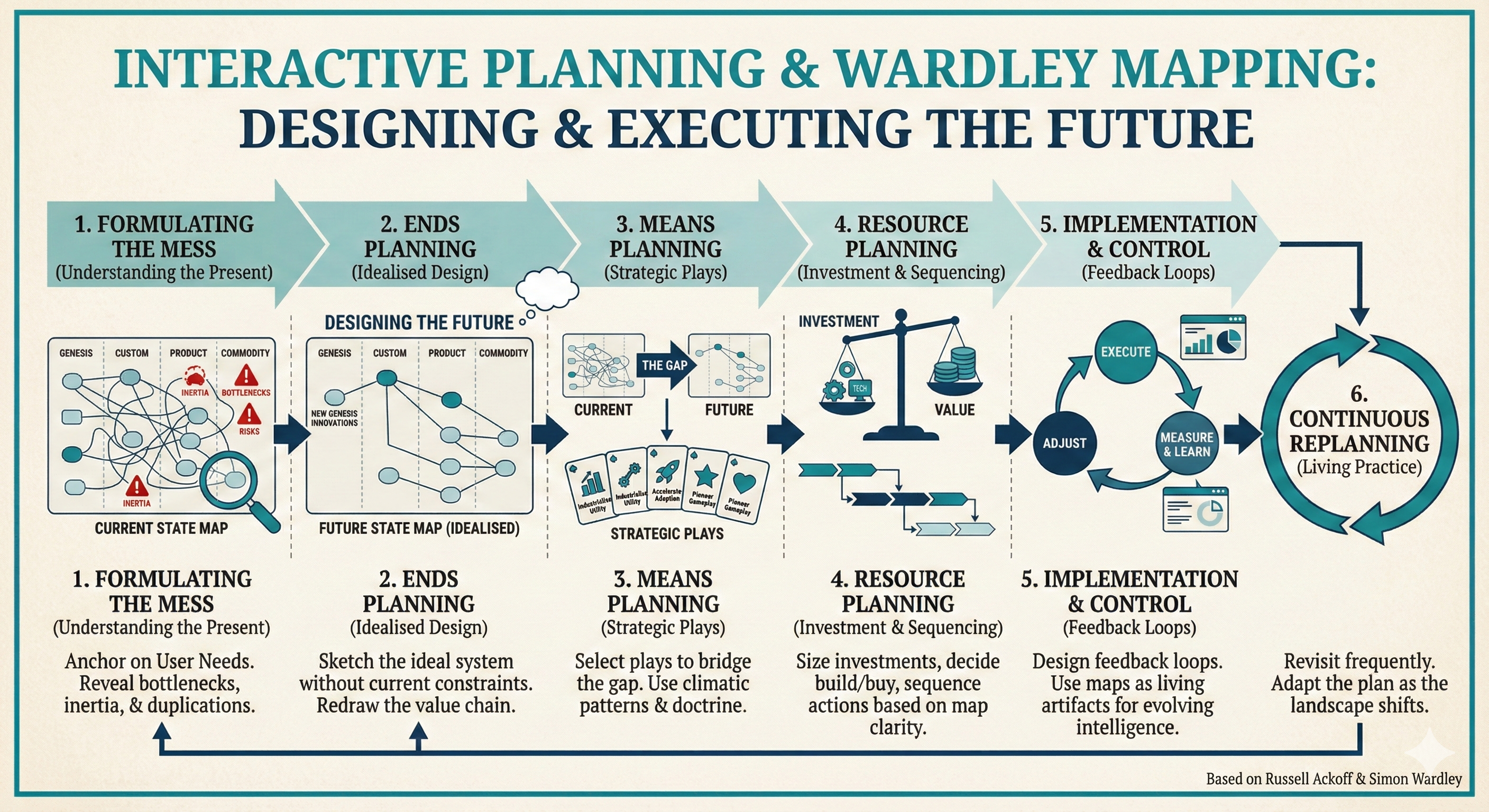Strategic Entropy Budgets: Designing for Controlled Disorder in High-K Systems
Wardley Maps already give us a vocabulary for evolutionary pressure, but they rarely tell us where to invite productive disorder. Building on the NK model from Rugged Landscapes and Wardley Maps, this post introduces entropy budgets—intentional allowances for coupling, variation, and option generation. Instead of letting ruggedness emerge accidentally, leaders decide where high-K experimentation is welcome and where governance should clamp down to protect reliability and cost.
An entropy budget is a bounded zone of controlled disorder on the map. It declares which components may tolerate extra coupling, slack interfaces, or duplicate paths, and it pairs that freedom with governance levers that cap coordination cost and rework. The goal is to open competitive windows deliberately while preventing the rest of the system from drowning in churn.

